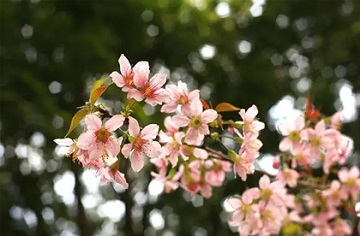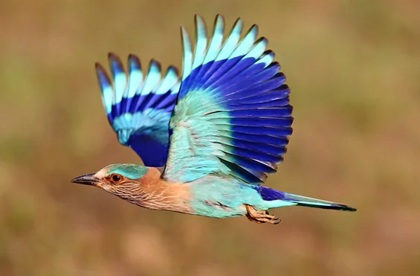Kaziranga is one of the well preserved and most beautiful national parks in India. The forest of Kaziranga surrounds the Brahmaputra River floodplains which cultivate and nourishes the ecosystem of the region that is favorable for the wildlife of the Kaziranga. Due to the high diversity in wildlife species found here, the Kaziranga has been termed as the "Hot Spot of Biodiversity" in India. The landscape in Kaziranga has been sprawled over the area of nearly 378 square kilometers.
Kaziranga National Park landscape mostly enriched with the four types of vegetation which make this amazing forest stand apart from many other forests in India. The flora of the Kaziranga primarily consists of alluvial savanna woodlands, alluvial inundated grasslands, tropical moist mixed deciduous forests, and tropical semi-evergreen forests. The difference between the altitude of the eastern and the western region of the 378sq km large Kaziranga forest is the reason behind the diverse vegetation species found along the length of the forest. The western side of the park, which is at a lower altitude is dominated by the vast grassland.
The rich green belt of the Kaziranga consists of the tall grasses like elephant grass, sugarcanes and spear grass along with the different small grasses with the toppings of the scattered presence of trees like Kumbhi, cotton tree, Indian gooseberry and elephant apple. The abundance of greenery in the Kaziranga park is the bounty of the annual flood of the mighty Brahmaputra River, natural trimming of grass due to the grazing by herbivores and the controlled burning which maintain the fertility of the land making it an evergreen forest.


Moreover, the glory of Kaziranga is its breathtaking array of flowers in the form of an abundant cover of water lilies, lotus and water hyacinth which enrich the beauty and add the rustic look to the ambiance of the park. The aquatic flora, water hyacinth is found in abundance in the water bodies of the forest, often covering the water bodies completely. However, it is cleared during the massive annual flood. The flood created ponds are the reason for the dense short grasses which covers the land surrounding these numerous ponds in the forest.
The study of the flora was undertaken in 1986 and the different vegetation coverage in Kaziranga is classified as follows: 41% of the total vegetation is covered with Tall Thickets of Elephant Tall Grasses, 29% Open Jungle, 11% Short Grasses, 8% of the area is covered with rivers and water bodies, 06% Sand and rest 4% is Swamplands. Since the Kaziranga declared as the National Park in 1974, the breathtaking flora and fauna have been drawing millions of wildlife lovers from different parts of the world.